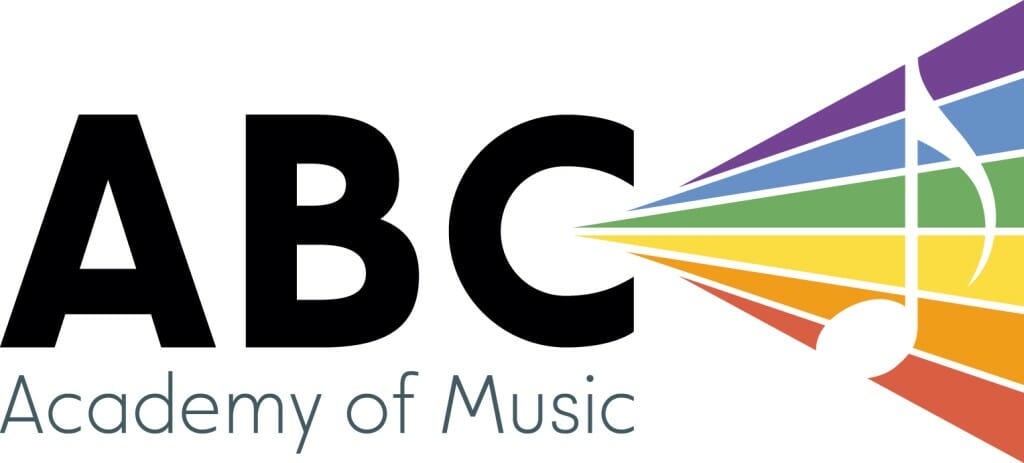Anna
Warm-Up: This week, we started off by reviewing the C scale warm-ups hands together. Anna had a bit of trouble playing the hands at the same time, so I suggested she try to play the scale hands separately first, using her strong fingers. I then asked her to play the scale hands together again. It went a lot more smoothly the second time!
At home, I want Anna to start by playing the C scale hands separately. After she plays both hands alone, I want her to put them together once or twice a practice session.
We then took a look at the Gypsy Dance in her Technic book. Anna did a really great job with this! She played confidently and with a good range of dynamics. She also played at a nice speed. It wasn’t too fast, and she was able to play every note accurately and evenly. We can move on from this piece, but if Anna wants to perform it at a later date, we can always return to it.
Afterwards, we looked at the Alberti Etude in the Technic book. The left hand in this piece is a bit tricky, as it doesn’t follow an obvious pattern. That’s why it’s very important Anna be really careful when practicing this at home.
At home: I suggest she practice this hands separately, using her strong fingers. It’s also important that she counts out loud saying “one and two and…” to make sure she’s playing the right rhythms. This piece features a range of note lengths, so counting is very important!
I listened to Anna play German Folk Song afterwards. She did a great job and played with lots of confidence! Her dynamics were also really good and made for a nice contrast. This is another piece we can bring back for a performance.
Finally, we started to look at Stars and Stripes Forever. The left hand in this piece is similar to the Alberti Etude, and also features a few surprises here and there.
At home: I suggest while Anna is practicing, that she stop herself now and again just to reassess that she’s playing all the right notes and following the music correctly. I also want her to practice it hands separately, counting out loud. She should review how many sharps or flats are in the key signature, and look out for extra sharps and flats written on the music before she begins to play. This will help her prepare mentally for all the accidentals she will be playing!
General note: Anna should be keeping her fingernails nice and short (on the same level as her fingertip). To play with the right hand position, her fingertips should be pressing down the keys, but it’s hard to do that when the fingernails are too long. You can always tell nails are too long if you can hear little clicking sounds while Anna plays.
Megane
While we did not have a lesson this week, I’d like Megane to review the material at the front of her book with her mom or dad. She can even teach one of her parents some of the material learned. Sometimes teaching someone else can really help solidify the material learned.
I’d also like her to continue reviewing the songs that feature “D” (Sleep, On the Bus, Leaves, The Rain).
If she’s feeling especially adventurous, she could also start to look at songs that feature “B.” The book has a good explanation of where to find B on the keyboard and how to read it on the staff. We will review all this material next time.
Sacha
While we did not have a lesson this week, I’d like Sacha to continue to practice his C scale warm-up with his hands together. He should remember to play with strong fingers, and use the claw-like hand position. I encourage him to go nice and slowly so that he can play all the notes clearly without any struggle.
I’d also like him to review Enchanted City. He can also start to look at the next song in his book. The book also features a small explanation on triads and intervals, which he can read over. We will review it at our next lesson.
Last week, we also learned about semitones and whole tones. To review: a semitone is the smallest interval on the keyboard, and is the note directly above or directly below your starting note. A whole tone has two semitones inside it.
Major scales all have the same combinations of whole tones and semitones. The pattern is
Whole tone – Whole tone – Semitone – Whole tone – Whole tone – Whole Tone – Semitone
A major scale has a partner minor scale called a relative minor. This scale has the same key signature as a major scale, but starts on a different note. For example, C major has a relative minor of A, because A minor has the same key signature as C major.
This is something we will continue to review in the coming weeks, using the Circle of Fifths.
